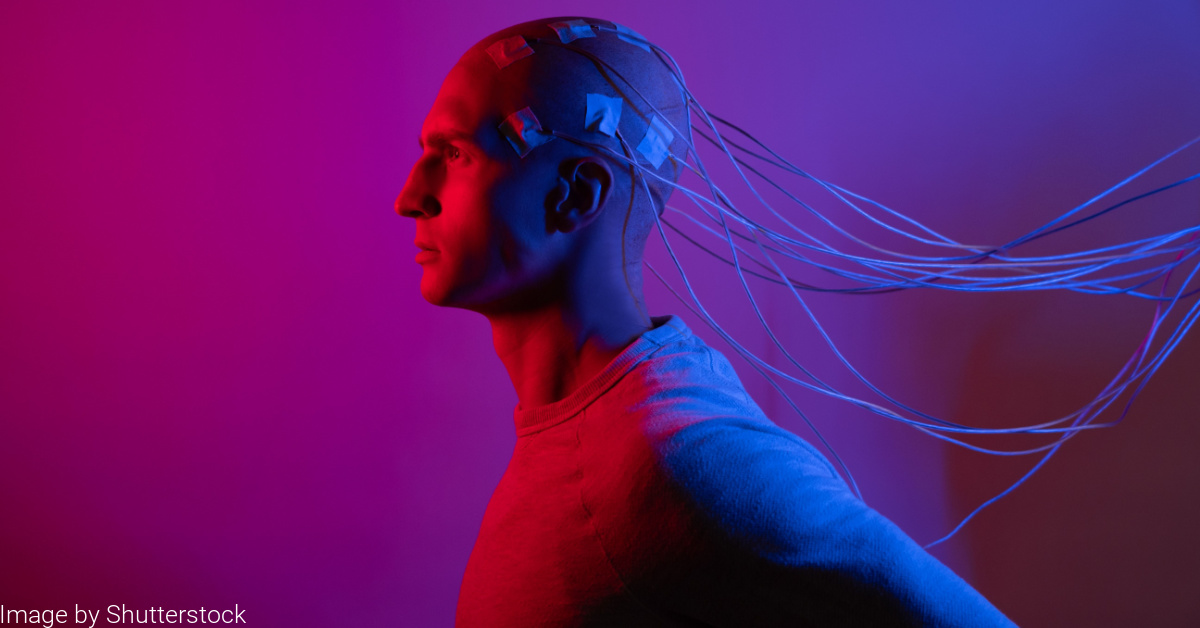Leveraging Neuroevolution within AI
- October 19, 2023
- Posted by: Aanchal Iyer
- Category: Artificial Intelligence

Introduction
Neuroevolution is gaining a lot of attention lately as a technology that enables the integration of neural networks with evolutionary algorithms to enhance the creative abilities of AI. It is akin to AI’s artistic or musical journey, helping it paint masterpieces and create symphonies. This article explores what Neuroevolution is all about. Read on.
Understanding Neuroevoltion
Neuroevolution is a branch of AI focusing on the development of neural networks. Neural networks are computer models designed to imitate how the human brain behaves. Neuroevolution makes use of evolutionary algorithms to design neural networks that can learn and adapt to new situations.
In this process, genetic algorithms create a population of neural networks. These algorithms then use selection and mutation to improve their capabilities. This approach creates systems that can learn complex tasks, such as controlling robots or playing video games.
The potential applications of AI-assisted Neuroevolution for human-machine interaction are huge. For example, AI-assisted Neuroevolution can create systems that interact with humans or robots in a more natural way. It can also create systems that comprehend and respond to human emotions.
How AI and Neuroevolution Can Enhance Human-Machine Interaction
The possibility of amalgamation of Neuroevolution and AI to enhance machine-human interaction is getting more apparent. By leveraging the combination of these two technologies, researchers are creating machines that can adapt to new situations. This allows for a more natural and intuitive interaction between machines and humans. For example, machines can now be programmed to recognize and respond to facial expressions, gestures, and voice commands. Let us understand how Neuroevolution is different from traditional AI:
- Learning Like Life: Neuroevolution enables AI to learn and adapt, just like living creatures. In contrast, traditional AI depends heavily on labeled data or human programming.
- Evolutionary Algorithms: These can be thought of as AI’s survival games. They develop a mix of AI agents, lets them compete, and choose the best for the next generation. This process repeats until AI does exceedingly well in tasks.
- Neural Networks as Brains: In Neuroevolution, neural networks behave as AI’s brains. They are like interconnected decision-makers (neurons) in the biological brain. These nodes can make choices, process information, and help AI learn about the world.
Why is Neuroevolution Important?
Neuroevolution is highly general, enabling learning without explicit targets, with non-differentiable activation functions, and recurrent networks. The following points highlight its importance:
- Unlocking Creativity: Neuroevolution allows AI to be creative. Traditional AI, follows strict rules or instructions; however, Neuroevolution helps AI explore advanced solutions independently. This can lead to new strategies, ideas, and art.
- Adaptability: Neuroevolution is flexible. In contrast to fixed algorithms, AI can adapt to different situations and tasks. This makes it great for numerous applications, from designing games to solving complex problems.
- Less Manual Work: Unlike traditional AI, which frequently requires lots of manual effort, Neuroevolution depends on AI evolving itself. This means minimal time spent on data labeling and rule creation.
Challenges, Limitations, and Future Directions
As Neuroevolution gains importance and widespread acceptance, it is essential to understand the challenges and limitations associated with the technology.
- Computational Complexity: Neuroevolution can be demanding computationally, requiring substantial time and resources. Researchers are still working on making the process more efficient.
- High Computational Demands: The technology can be computationally expensive, requiring significant processing power and time, especially for complex tasks.
- Difficulty in Encoded Tasks: Designing an effective encoding scheme for complex tasks can be challenging, as finding the right representation is not always straightforward.
- Limited Explainability: Neural networks in Neuroevolution lack transparency, making it difficult to understand the decision-making process of the technology.
- Ethical Considerations: As AI creativity grows, ethical questions emerge, such as ownership of AI-generated content and the impact on human creators.
More on Ethical Considerations
As the use of Neuroevolution and AI grows, so does the need to reflect on the ethical implications of human-machine interaction. AI and Neuroevolution are highly powerful tools that can help automate tasks, enhance efficiency, and improve decision-making. However, there are questions about how humans interact with machines and the potential for undesirable consequences.
One of the primary ethical considerations is the possibility of machines behaving in ways that are not in line with human values. AI and Neuroevolution are developed to optimize specific outcomes. However, these outcomes may not always be in sync with human values.
Another ethical consideration is the possibility of Neuroevolution and AI developing an unequal power dynamic between machines and humans. As Neuroevolution and AI become more sophisticated, they will be able to make decisions beyond the scope of human understanding. This could result in a situation where humans can no longer control their own decisions.
Finally, there is the potential for the combination of both these tools to be used for malicious purposes. Neuroevolution and AI can be used to automate tasks such as data analysis or facial recognition, but they can also be used to target individuals or manipulate data. This raises questions about the potential harm that Neuroevolution and AI together can cause.
Wrapping Up
The ethical considerations of machine-human interaction with Neuroevolution and AI are profound and far-reaching. As the use of these technologies grows, it is essential to consider the potential implications and ensure that they are used ethically and responsibly.
If used in the right manner, AI and Neuroevolution, together can develop intelligent agents that can interact with humans more naturally. These agents can advise and guide users and help them make decisions. The combination can help design machines that provide personalized experiences and advice.
